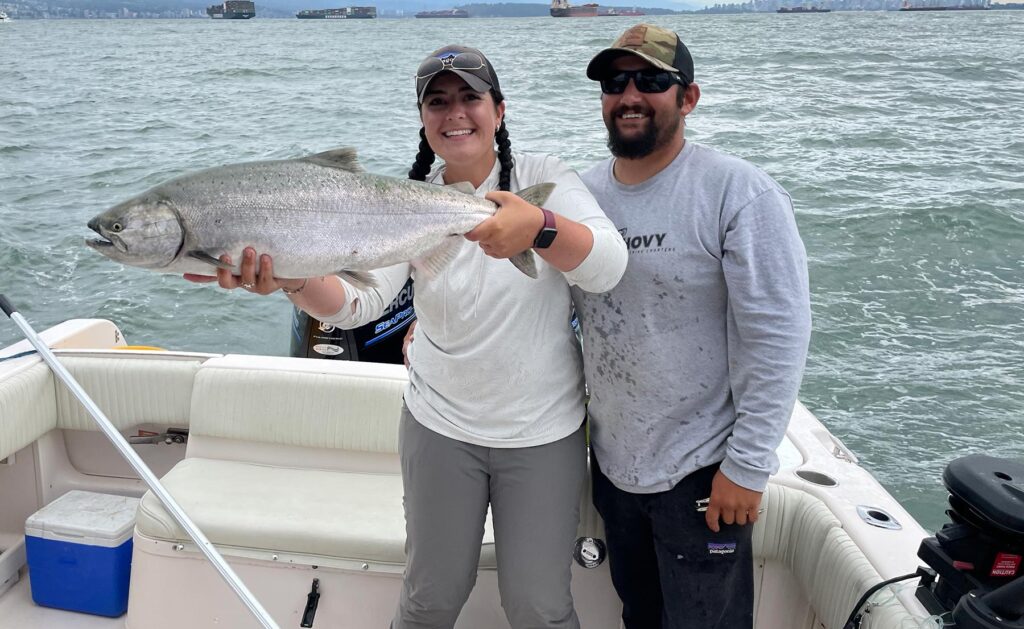
Key BC Chinook stocks have been having a rough time of it, as have other salmon. Unfortunately this is issue has been used by media as a news draw, and by special interest groups who oppose any angling increases. “Never let a crisis go to waste” particularly if there is an opportunity to raise money. Guess what? It’s not all bad news.

The 2020 Georgia Strait escapement data for Chinook stocks has been showing a very positive year over year increase in the escapement trend that goes back to at least 2016. The final numbers for 2020 show over 69,000 Chinook returned to these Georgia Strait streams. That compares to a 4 year average of approximately 55,000 and a twelve year average of 38,000 Chinook. The Cowichan River stands out as the best example of success. In 2009 the Cowichan Chinook were in terrible shape with just a few hundred returning to spawn. In 2020 over 24000 made it back to the river. That is a remarkable turnaround.
It is also noteworthy that hatcheries played significant part in the recovery, in spite of constant anti-hatchery rhetoric. It is ironic that the east coast of Vancouver Island, one of the most heavily populated and industrialized regions in BC, has been a leader in Chinook recovery. By comparison the depressed Chinook from the Upper Fraser River, which are currently causing the loss of Chinook fishing opportunities, have received little financial support from DFO. In fact hatcheries were closed.
Even better results are possible, but the Minister and her political advisors stand in the way. The road- map is simple.
- DFO must adipose fin clip as close to 100% of hatchery produced Chinook and Coho as possible.
- Allow anglers to retain adipose clipped Chinook (clipped Coho can be retained) where and when the proportion of clipped Chinook in the total salmon pool is high enough.
- Support these initiatives with a committed restoration and targeted hatchery recovery program.
This simple strategy, let anglers keep hatchery fish while releasing the wild ones, takes the pressure of wild salmon and improves wild salmon escapement. It also provides a means of separating wild from hatchery Chinook which can create fishing opportunities in terminal areas that do not currently exist. It also improves data collection, and allows hatchery workers to separate wild and hatchery fish which strengthens genetic integrity. The US adopted this policy over a decade ago and it has been deemed a success.
For years anglers have called for progressive, intelligent salmon management and as part of a comprehensive recovery programs that allow modest fishing during periods of conservation concerns. Yet this Minister continues to dither. Where are you Bernadette Jordan?
